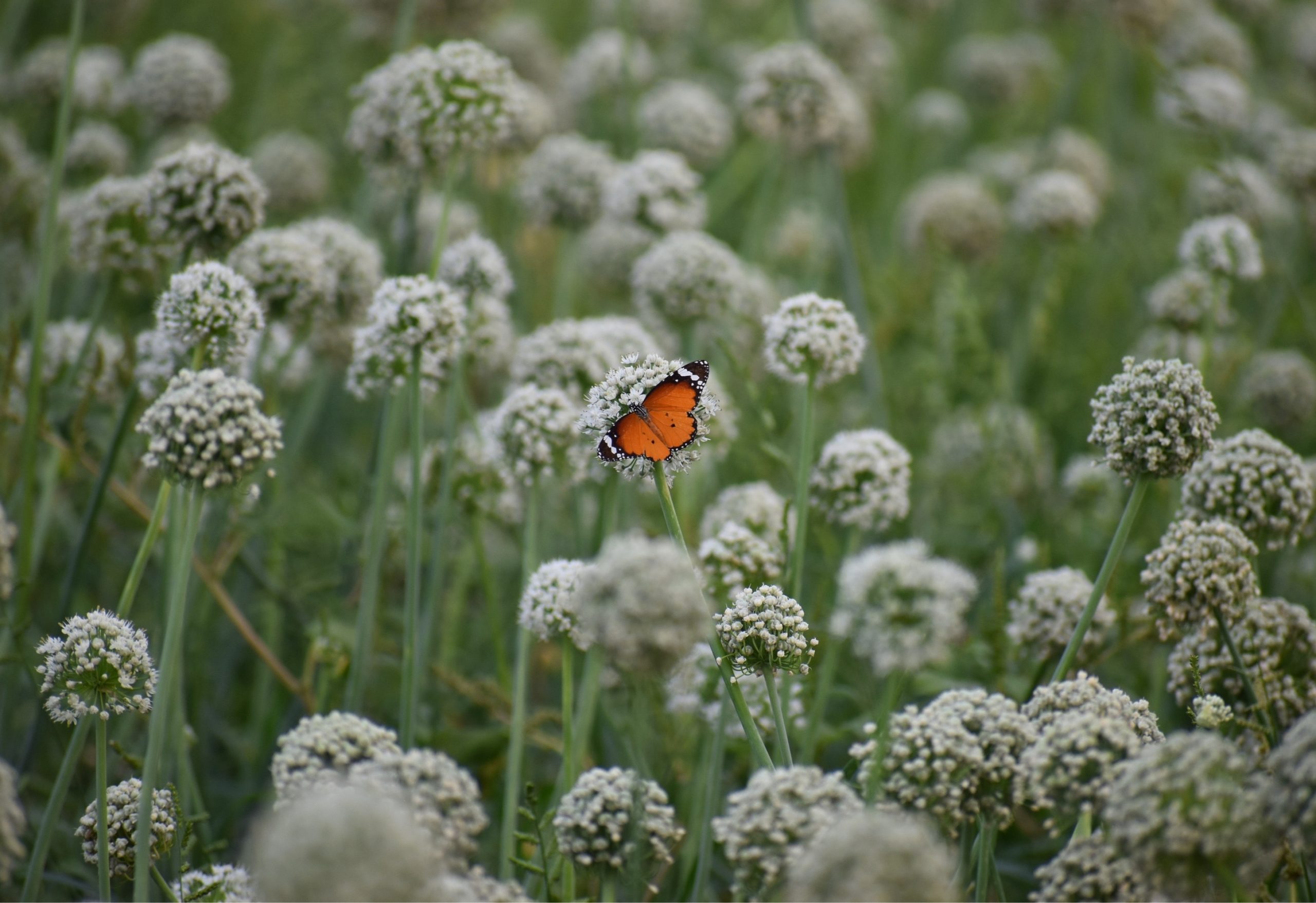Our towns are sprawling out into the countryside and taking territory from our wildlife. UK favourites such as the hedgehog are declining and making their way onto the endangered species list. You can make the difference with simple and small gestures, maybe fat balls for the birds or a hole at the bottom of your fence for the hogs.
While there is a threat here, there is also an opportunity. Having wildlife in your garden can bring the space alive and give you moments of endless wonder. As you watch from your back windows, you can birdwatch and look out for the small mammals and amphibians that might come your way.
Here we look at ways to attract this wildlife to your garden and help it thrive in our ever-spreading urban landscape.
Provide a home for the animals
Like all living things, birds, animals, and insects seek a safe place to stay. They will come looking in your garden for somewhere where they can settle for some sleep or bring their youngsters into the world. Therefore, you can make your garden an attractive haven for wildlife by providing the best environment for their stay.
The obvious place to begin would be a bird box or two. If you buy boxes, place them at different heights, and investigate the different hole sizes, you can attract different species of birds. Alternatively, planting trees in your garden provides a natural environment for the birds.
Offering homes to insects also create a strong ecosystem for all wildlife in your garden. Insects are an important food source for other wildlife and perform miracles in your garden by helping your detritus decay, and your soil remains nutritious. Adding a leaf or a log pile is a natural way to encourage insects. Alternatively, there are bug hotels that you can buy from your local garden centre.
First, you must give access to your garden enclosure to hedgehogs and other small mammals. Creating a hedgehog highway in your neighbourhood is a great way to serve the territory needs of our prickly friend. They like to roam for 2 km for food, shelter, and mates. Therefore, giving them access to gardens increases their chance of success. You can also provide them with a hedgehog house or if you prefer something more natural, plant a hedgerow to replace your fence or wall. There is a reason these hogs have a hedge in their name!
Nourish the animals
The most powerful way to attract animals to your garden is with food. The reduction in our rural space has reduced the food available to our wildlife and is putting it under the most strain. Every time we lay down concrete, we are reducing the natural feeding grounds of our wildlife.
Researching the foodstuff that will attract the most in-need wildlife is good. For instance, at certain times of the year, birds about to take flight and migrate need extra help to build the body mass required for the journey. Those birds that stay behind need help through the frozen winter months, and more often than not, with suet or fat balls to help bulk them up.
Small mammals will be attracted to the insects sheltering in your garden. However, if you feel they need more help, you can serve cat or dog food. It is always good to stay close to the normal diet of these creatures, and any thought of bread and milk should be discarded.
It is also a good idea to provide a water source. A pond offers an excellent ecosystem for all sorts of wildlife. It is not that you will be home to frogs and newts; you will also attract birds for a drink and small mammals for a swim. Be sure to leave one side of your pond as a shallow slope, which allows these small creatures a place to get out of the pond.
Keep parts of it wild.
While there are lots of things you can buy from the garden centre to house and feed wildlife, you will do the best by leaving part of your garden to go wilder in some places. You will attract many bees and butterflies if you create an area of wildflowers. Yet, leaving some areas of the garden with long grass that is undisturbed by your mower will be attractive to other bug life and encourage other wildlife too.
Summary
Our garden is a little bit of nature. We can encourage visitors if we make it as close to the ecosystem as wildlife needs to survive. Providing the shelter, food, and water wildlife needs will be the most successful strategy.

Recent Comments